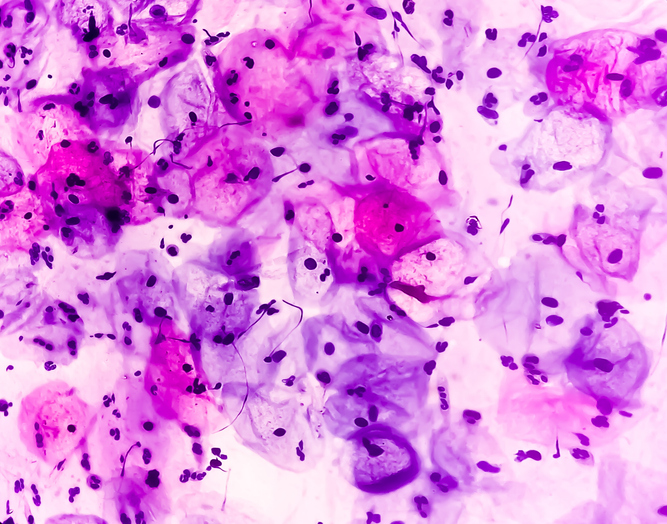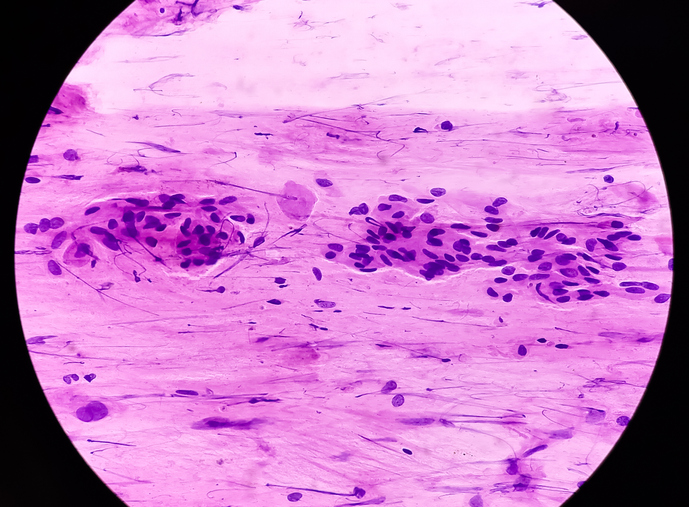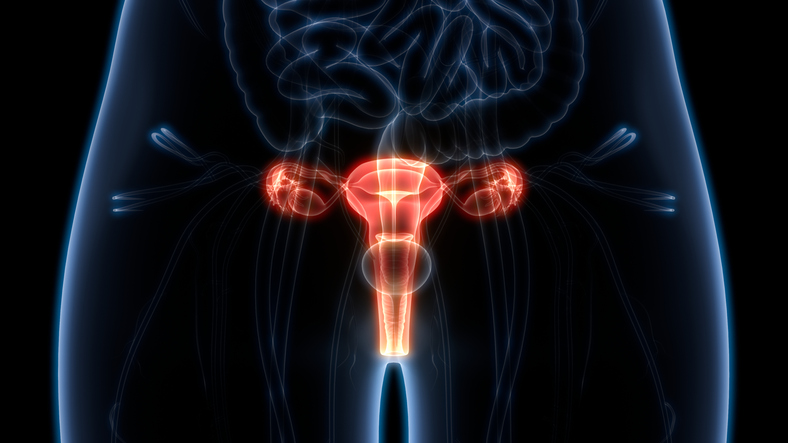A study published in Obstetrics & Gynecology found that a single-visit cervical screening with both a modified Pap test and visual inspection had a greater sensitivity to detect high-grade cervical intraepithelial neoplasia (CIN). It also reduced loss of patients to follow-up and may be a lower-cost strategy for low-resource settings.
The prospective cohort study was undertaken at two low-income Uyghur communities in China’s far western Kashi Prefecture. These communities are underserved populations with low rates of cervical screening. With this pilot program, 4,049 women aged 30 to 59 years were screened between November 2011 and August 2014.
https://twitter.com/DrAnojanMD/status/1064573899227230208
Researchers modified the conventional Pap test using a cotton swab to collect cervical cells without scraping the cervix using an Ayre spatula and conducted a visual inspection of the cervix with acetic acid during a single visit. Results from both tests were available within one to two hours. Women who were positive underwent same-day biopsy.
This single-visit technique had a sensitivity of 96% (95% CI, 91.6-100), which was superior to Pap testing (76%; 95% CI, 66.3-85.7; P<0.001) or visual inspection with acetic acid–visual inspection with Lugol’s iodine (48%; 95% CI, 36.7-59.3; P<0.001) alone.
The fast interpretation of both diagnostic procedures facilitated efficient same-day biopsy that achieved a negative predictive value of 98.2% in detecting CIN 2 or worse lesions. The increased sensitivity and minimized loss of follow-up allowed this approach to identify an extremely high prevalence of CIN and cervical cancer in a population of at-risk women.
Could Australia eliminate cervical cancer?
USPSTF updates cervical cancer screening guidelines.
HPV test identifies cervical precancer earlier than Pap.
Source: Obstetrics & Gynecology







 © 2025 Mashup Media, LLC, a Formedics Property. All Rights Reserved.
© 2025 Mashup Media, LLC, a Formedics Property. All Rights Reserved.